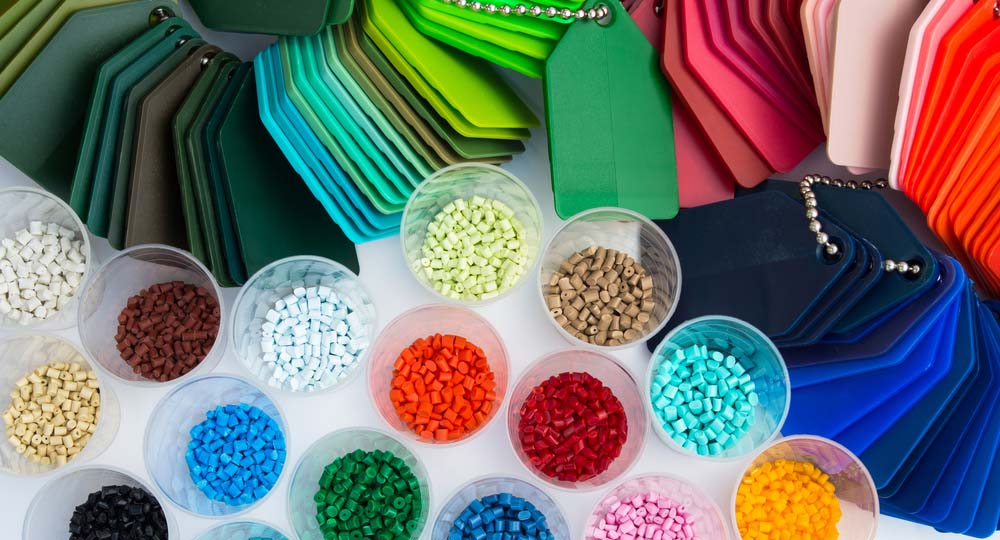REACH Annex XVII Phthalates Testing in Toys
The Restriction of Hazardous Substances (RoHS) Directive and Regulation (EU) No 528/2012 have significantly influenced the toy industry, requiring manufacturers to comply with strict limits on certain hazardous substances. One such substance is phthalates, which are used as plasticizers in many toys due to their ability to enhance flexibility, transparency, durability, and hardness. However, their presence can be detrimental if not regulated properly.
Phthalates, particularly those listed under Annex XVII of the REACH Regulation, are restricted in toys and certain childcare articles. The EU has identified these phthalates as harmful due to their potential to cause reproductive toxicity, endocrine disruption, and other adverse health effects.
Our service specializes in testing for phthalates in toys according to Annex XVII of REACH. This includes a comprehensive analysis of toy materials to ensure compliance with the EU's stringent limits on these substances. Our expertise lies in ensuring that your products meet not only legal requirements but also the highest standards of safety and quality.
The process involves meticulous specimen preparation, rigorous testing using advanced analytical techniques, and thorough interpretation of results to provide conclusive evidence of phthalate content. We use state-of-the-art instrumentation such as Gas Chromatography-Mass Spectrometry (GC-MS) and Liquid Chromatography-Tandem Mass Spectrometry (LC-MS/MS), which are recognized for their precision and reliability in detecting trace levels of phthalates.
Our team of experts ensures that every test is conducted according to the latest international standards, including ISO 18046:2019, which provides guidelines for the testing and evaluation of plastic materials used in toys. Compliance with these standards not only guarantees product safety but also enhances consumer confidence.
By partnering with us, you can rest assured that your toy products are thoroughly tested to meet all regulatory requirements. This service is crucial for maintaining a competitive edge in the market by ensuring compliance and avoiding potential legal issues or recalls. Our commitment to quality and expertise makes us the ideal partner for any company involved in the toy industry.
Why It Matters
The importance of phthalates testing cannot be overstated, especially within the context of toys intended for children. Children are particularly vulnerable to the harmful effects of these chemicals due to their prolonged exposure and higher absorption rates compared to adults. Compliance with REACH Annex XVII is not only a legal obligation but also an ethical responsibility towards public health.
Phthalates can migrate from the toy materials into the environment, including air, water, and soil, posing risks to both human health and the ecosystem. Moreover, non-compliance with these regulations could lead to severe financial consequences, including fines, product recalls, and damage to brand reputation. By ensuring compliance through rigorous testing, manufacturers protect their business interests while contributing positively to public well-being.
The toy industry faces increasing pressure from consumers and regulatory bodies to adopt sustainable practices and produce safer products. Our service helps companies meet these expectations by providing transparent, reliable test results that demonstrate a commitment to product safety and environmental responsibility.
Scope and Methodology
| Methodology Step | Description |
|---|---|
| Sample Preparation | The toys are carefully selected based on their material composition, design, and intended use. Samples are then prepared for analysis by cutting them into small pieces or dissolving them in appropriate solvents. |
| Analytical Techniques | We employ a combination of GC-MS and LC-MS/MS to ensure accurate detection and quantification of phthalates present in the samples. These techniques are chosen for their high sensitivity and specificity, allowing us to identify even trace amounts of phthalates. |
| Interpretation of Results | The data obtained from the analytical tests are meticulously reviewed by our expert team. Any detected levels of phthalates are compared against the legal limits specified in Annex XVII of REACH to determine compliance. |
| Reporting and Certification | A detailed report is prepared, summarizing all test results and providing a comprehensive assessment of the toy's compliance status with respect to phthalates. An official certificate of conformance may also be issued upon request. |
The comprehensive nature of our testing ensures that no detail is overlooked, giving you peace of mind regarding your product's safety and regulatory compliance. Our methodology adheres strictly to international standards, ensuring accurate and reliable results.
Competitive Advantage and Market Impact
In today’s global market, consumer awareness about health and environmental issues is higher than ever before. Compliance with REACH Annex XVII phthalates testing not only protects your brand from legal penalties but also enhances its reputation as a leader in product safety and quality.
By ensuring that your toys are free from harmful phthalates, you can attract more customers who prioritize their children's health and well-being. This commitment to safety differentiates your products from competitors who may not have taken similar precautions. In an increasingly competitive market, this advantage can lead to increased sales and customer loyalty.
Moreover, compliance with REACH Annex XVII is becoming a standard expectation for toy manufacturers worldwide. By staying ahead of regulatory changes and implementing robust testing processes, you position your company as a forward-thinking leader in the industry. This proactive approach can open up new market opportunities and strengthen your brand’s image as an innovator.
In conclusion, our REACH Annex XVII phthalates testing service is more than just compliance; it's a strategic investment in your business’s future success. By partnering with us, you ensure that your products meet the highest standards of safety and quality, thereby protecting both your consumers and your brand.





